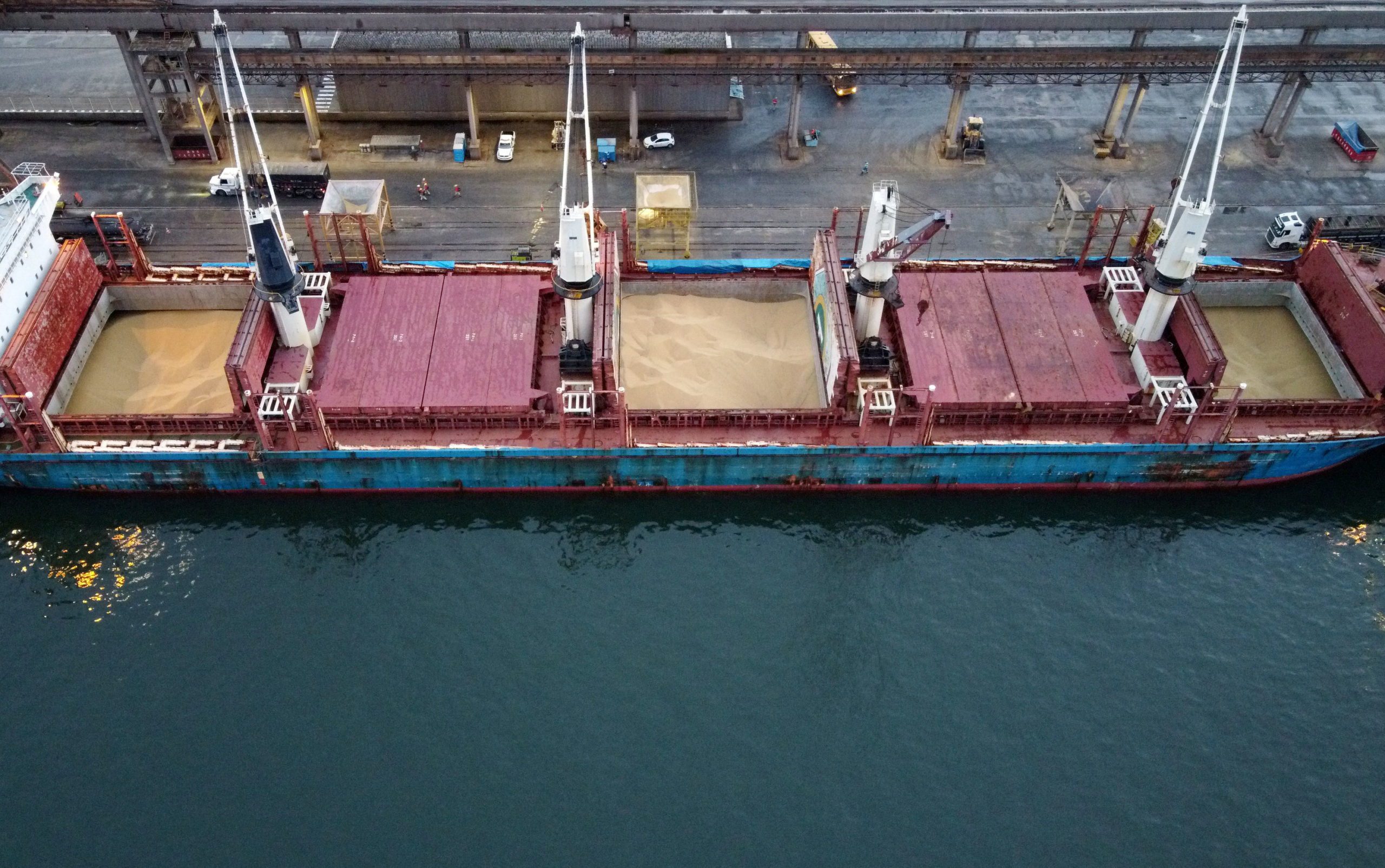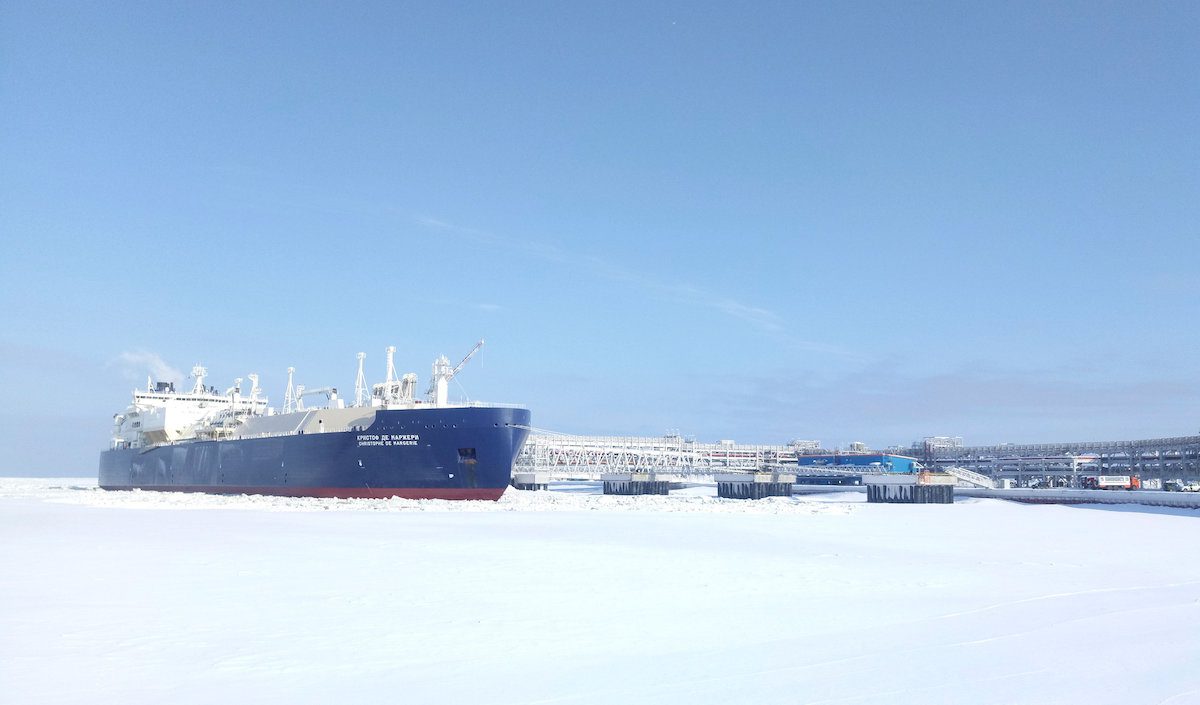The fallout from the Red Sea crisis continues to cascade globally, creating significant challenges for supply chains, according to a recent market update from Maersk. Since December 2023, Iranian-backed Houthi drone and missile attacks on shipping have caused widespread industry disruptions, forcing vessels to divert around the Cape of Good Hope and extending shipping routes.
Maersk CEO Vincent Clerc highlighted that the next few months will be particularly challenging for carriers and businesses as the Red Sea situation continues into the third quarter of 2024.
Speaking at an online event with customers, Clerc acknowledged the difficulties faced by logistics and supply chains due to the ongoing attacks in the Red Sea and Gulf of Aden. Maersk ships continue to navigate around Africa via the Cape of Good Hope, adding strain to an already pressured system.
“We are faced with these challenges together and need to stay close as we handle the new circumstances unfolding before us,” Clerc said. “These disruptions and their impact on your business are not taken lightly by anyone at Maersk. We understand the pressure you are under.”
Clerc described the “massive impacts” since the crisis began, noting that extending rotations to travel the longer route around Africa requires two to three ships, depending on the trade route. Limited availability of additional capacity has compounded the issue, even as demand for container transport remains strong.
“All ships that can sail and those previously underutilized in other parts of the world have been redeployed to address the problem,” Clerc explained. “While this has alleviated part of the issue, significant challenges remain across the industry, including for Maersk. We expect to see missing positions or ships of different sizes than usual, reducing our capacity to meet demand.”
Asian exports are more affected than imports due to the region’s role as a major global exporter, particularly from China. Disruptions in the Red Sea have not only impacted Far East-Europe routes via the Suez Canal, but have extended to the entire ocean network. The Oceania network, for example, faces congestion in Southeast Asian hubs crucial for connecting cargo to Maersk’s global network, leading to delays and bottlenecks.
Maersk’s update said it is striving to minimize disruptions through key investments and ongoing operational adjustments, such as securing additional containers and exploring capacity enhancements. The company is preparing for continued disruptions by adjusting its network and supply strategies to align supply with business demand.
Despite significant disruptions, Maersk reports continued robust global cargo demand driven by strong Asian exports to North America and Europe. Capacity remains tight across various routes from the Far East to Northern Europe, the Mediterranean, the US, South America, West Central Asia, Africa, and Oceania. Intra-Asia routes face equipment shortages, particularly out of China, exacerbating supply chain inefficiencies. The upcoming Pacific typhoon season poses additional risks.
“The demand for export containers in China creates a difficult balance for carriers like Maersk in deciding whether to prioritize limited vessel capacity for empty containers returning to China or laden containers to other destinations, considering increased shipping costs. This decision further contributes to supply chain inefficiencies,” Maersk said.

 Join The Club
Join The Club










